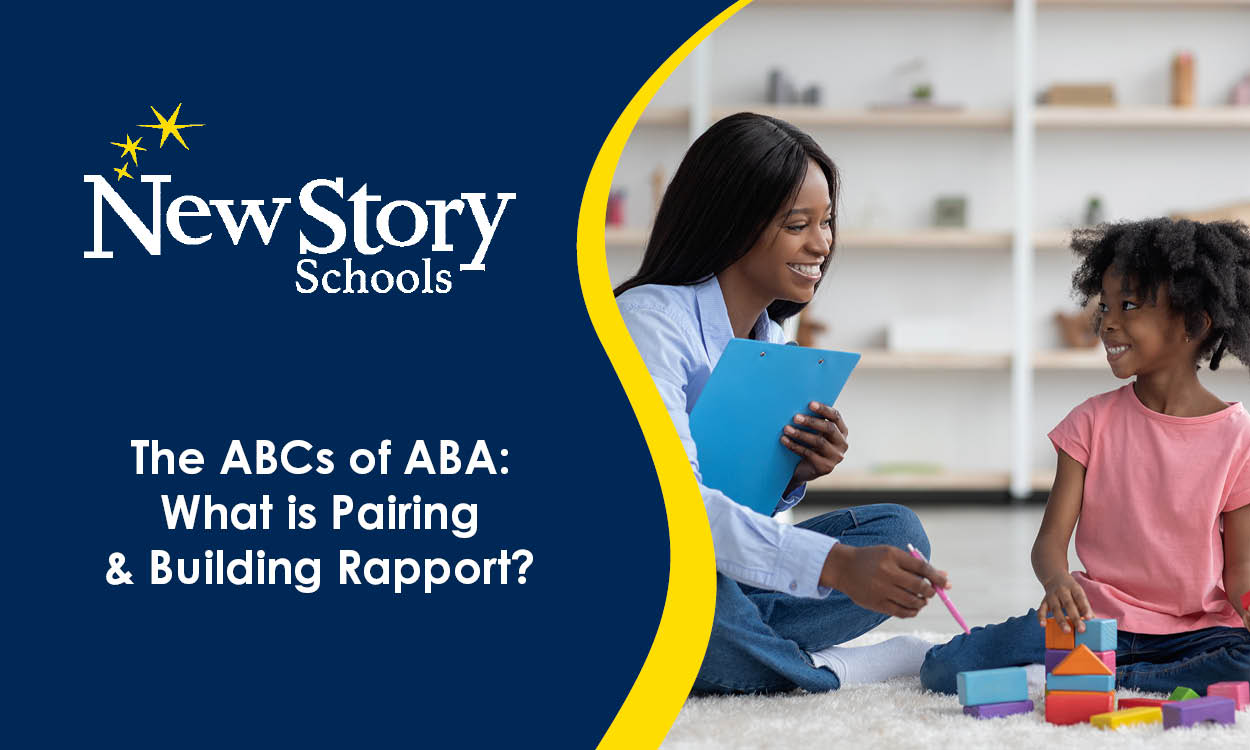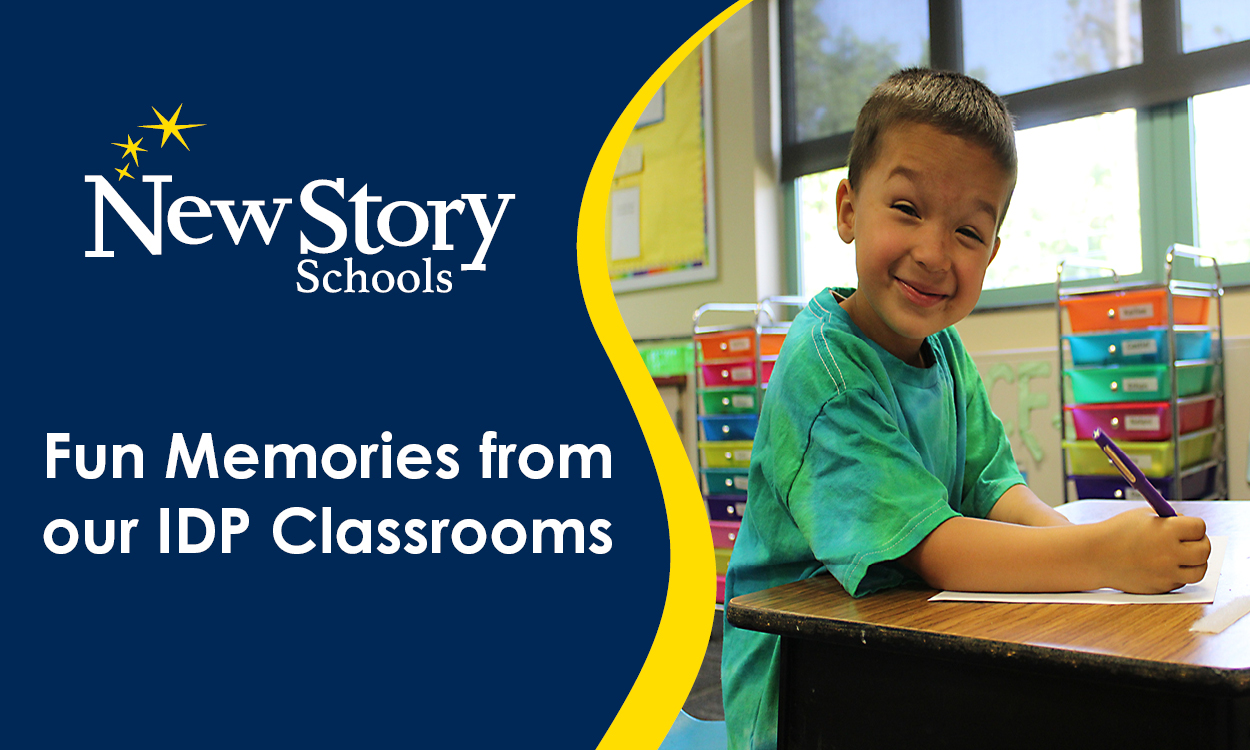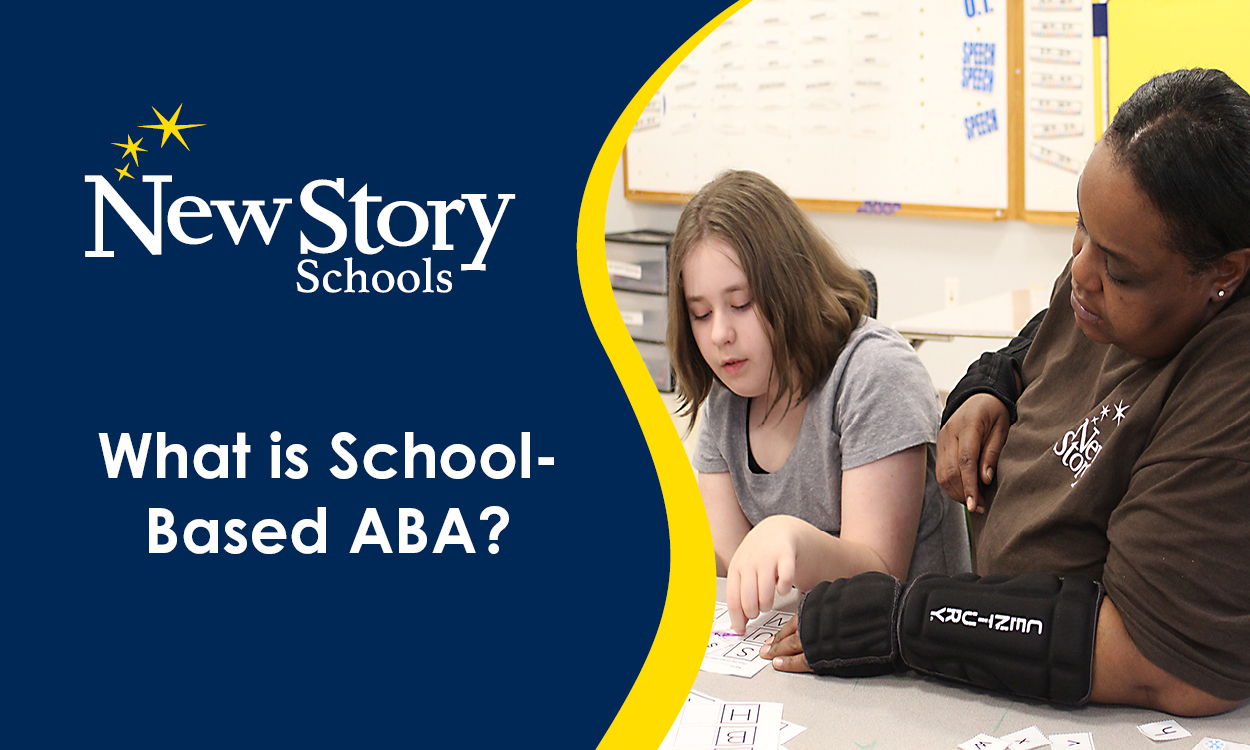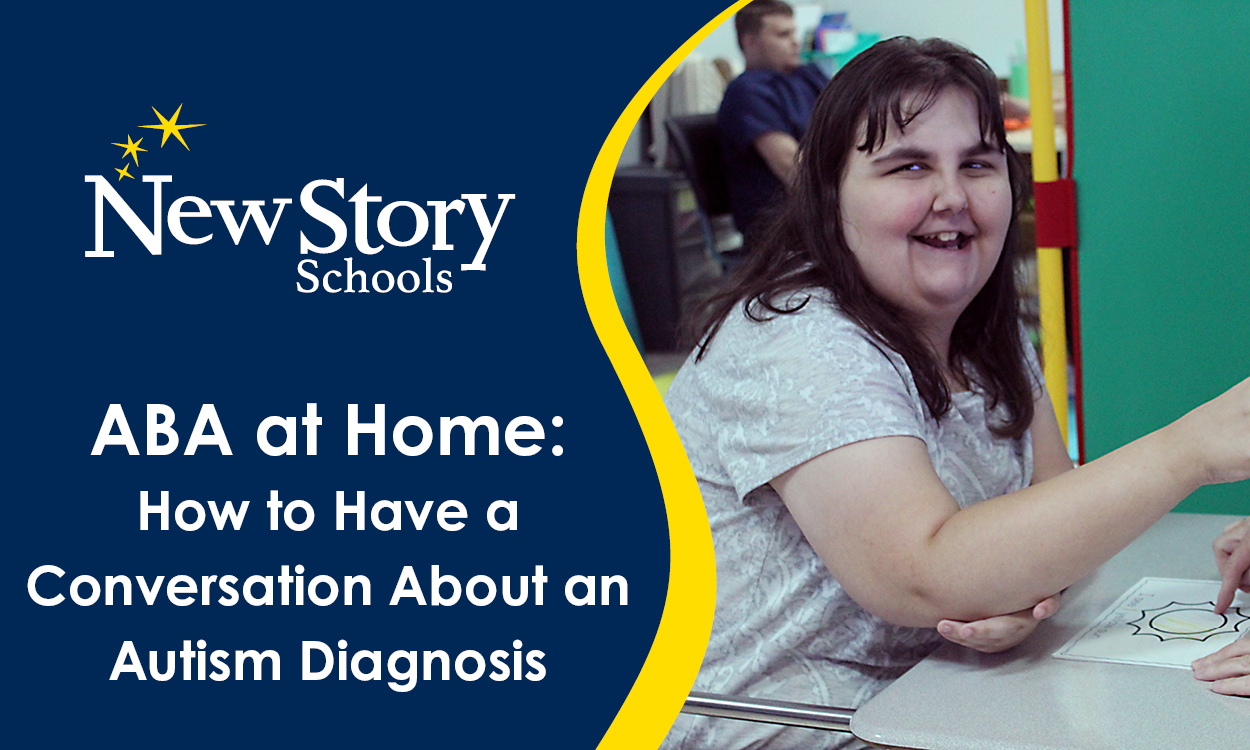Recognizing and Responding to Anxiety and Panic Attacks in Children with Autism
Posted: September 09, 2022 | Written By: Jeannine Morrissey | Category: Autism Support
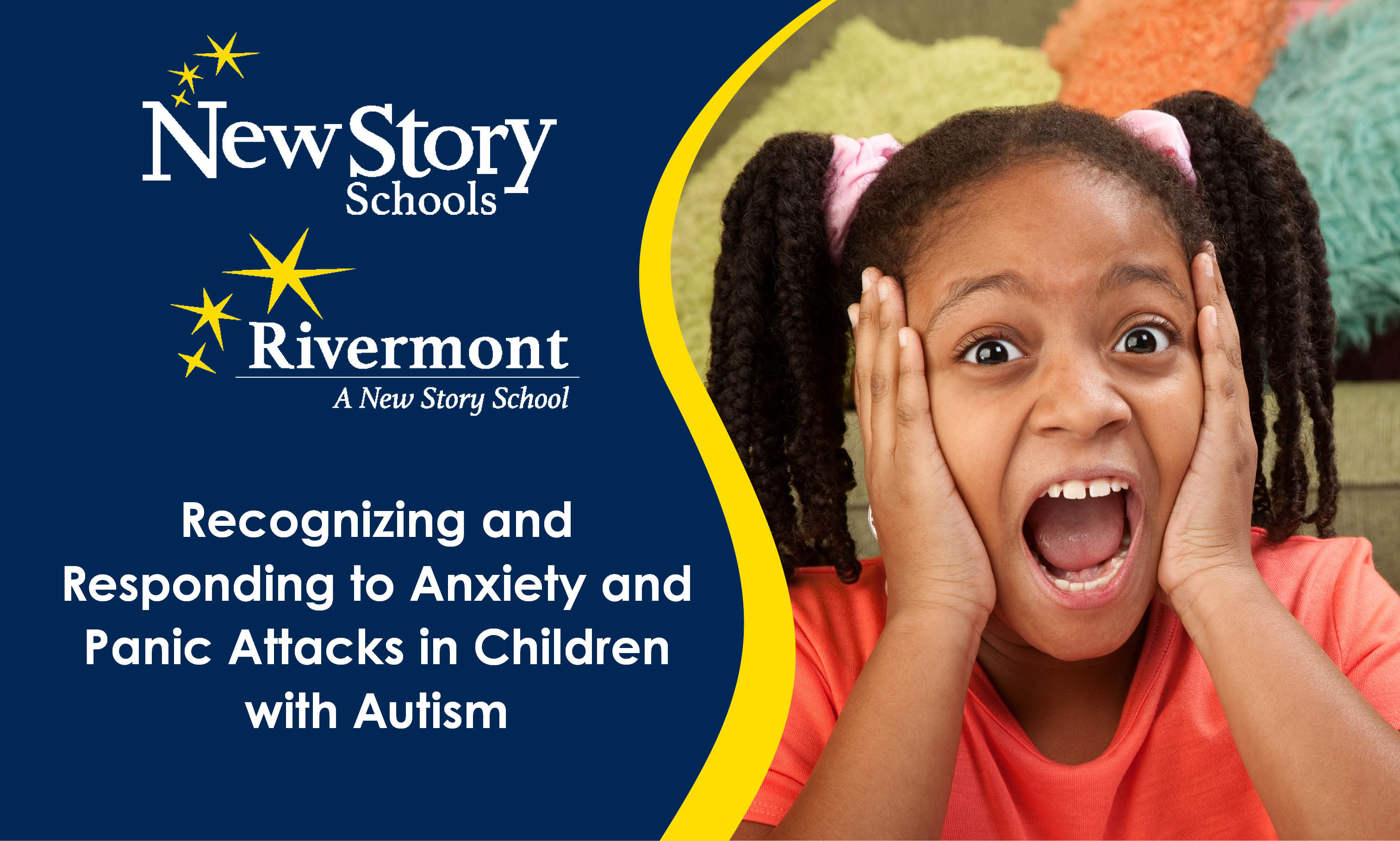
by Jeannine Morrissey
Senior Designer for New Story
Parent and Advocate of a Child with Autism
Anxiety affects people of all ages from time to time, but it can be extra hard watching a child suffer with anxiety and feeling helpless. Anxiety can stem from a trauma in someone’s life or it can be the result of a genetic factor—both of which can trigger a fight or flight reaction that can lead to panic attacks.
Children with autism have a higher prevalence of an anxiety disorder. According to the National Library of Medicine, in a study conducted on autism and anxiety, 91.6% of individuals with high-functioning autism have met the criteria for two or more anxiety disorders.
It is important not only to be able to recognize the signs of anxiety and panic attacks in children with autism, but also to teach coping skills, as this can be a lifelong struggle for them. Having these skills can benefit them in the short-term, as well as help them as they get older and into adulthood.
What are some signs of a panic or anxiety attack?
It’s important to know what to look for to recognize a panic attack. There are usually both physical and behavioral signals and symptoms. Signs of an anxiety attack vary from person to person, but often with a child with autism you can look for some of the following:
- Pacing
- Crying
- Trouble breathing
- Echolalia (repetition of another’s spoken words)
- Repetitive motions, like arm/hand flapping or jumping
- Weakness or dizziness
- Shaking or trembling
Preventing and working through panic attacks
If you start to notice your child exhibiting any of the above anxiety symptoms, here are some strategies you can employ to help your child before they are in a full-blown panic attack.
- Try asking them to locate a number of items in the room. For example, “Can you point out all of the light blue objects in the living room?” This can help take their mind off of the anxiety. If the first attempt does not help, try doing a second or third pass using other colors. For every color they find, clap and tell them what a great job they’re doing.
- Have the child take deep controlled breaths, in through the nose out through the mouth. Encourage the child to hold each inhale and exhale for a count of five. Having them close their eyes can also help block out distractions to help them focus on calming down.
- Recount a fun event that happened in the past. For example, a trip to an amusement park, or a trip to see a relative. This can also help them focus on the memory instead of the factors making them anxious.
- Fact checking is a great tool in the arsenal. Ask the child what they are feeling anxious about. Then ask them if that thought is true or real. Then combat the anxiety with facts and solutions.
For example, if the child is upset that it might rain today so they are afraid to leave the house because they’ll get wet, look up the weather. If it is going to rain, help them find some ways to keep dry during rain, like wearing a raincoat or poncho and carrying an umbrella. You can discuss why the rain is good, such as it helps the plants and flowers to grow and stay healthy or it helps to wash away the pollution in the streets and sidewalks. Also, explain that the rain won’t hurt them. By fact checking and reasoning, and then doing the activity causing anxiety (also known as exposure therapy), you are setting them up for success.
These are just some of the many tools that can help with anxiety and handling panic attacks. However, if you feel that you can’t handle this alone, or that these techniques aren’t helping, it is important to contact a mental health professional who can assist with improving the situation.
Want to be notified of new articles and resources from New Story Schools? Submit your email and opt into our newsletter!


